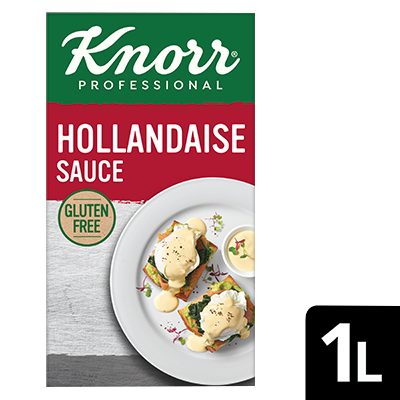IDDSI Resources
-
![IDDSI Level 5, minced and moist food IDDSI Level 5, minced and moist food]()
-
![IDDSI level 6 & 7 texture standards IDDSI level 6 & 7 texture standards]()
-
![Dysphagia: Signs to watch for Dysphagia: Signs to watch for]()
-
![Dysphagia warning signs checklist Dysphagia warning signs checklist]()
-
![What Aged Care Chefs need to know about IDDSI What Aged Care Chefs need to know about IDDSI]()
-
![Texture Modification guidelines Texture Modification guidelines]()
-
![Watch: Puréed food MasterClass I from Chef Mark Baylis Watch: Puréed food MasterClass I from Chef Mark Baylis]()
-
![Watch: Puréed food MasterClass II from Chef Mark Baylis Watch: Puréed food MasterClass II from Chef Mark Baylis]()
-
![4 tips to serve great puréed meals 4 tips to serve great puréed meals]()
-
![Watch: Texture Modification - innovation in Aged Care Watch: Texture Modification - innovation in Aged Care]()
-
![Pureed Food for residents with dysphasia Pureed Food for residents with dysphasia]()
-
![Watch: Foam Food & sensation of taste Watch: Foam Food & sensation of taste]()
Watch: Foam Food & sensation of taste
Vitish Guddoy, Food Consultant and Hotel Services Manager, Uniting SA, talks about how molecular gastronomy is making a difference in Aged Care.
-
![Puréed food recipes: free download Puréed food recipes: free download]()
-
![IDDSI, 1 Year On IDDSI, 1 Year On]()
-
![Grasping IDDSI levels: Guide to texture-modified food Grasping IDDSI levels: Guide to texture-modified food]()
-
![IDDSI recipe series: Levels 4 to 7 IDDSI recipe series: Levels 4 to 7]()
Find out more about Aged Care RE:FRESH
Top recipes
-
Potato, Leek and Bacon Soup -
Hungarian Cream of Mushroom Soup -
Greek Meatball Soup -
Asian style beef broth -
Tortellini soup -
Cream of Mushroom Soup with Bacon Pangrattato -
Pulled Tandoori Chicken Sandwich -
Devilled Eggs -
Parmigiana Meat Balls in Pitta bread -
Sticky Asian Pulled Pork Sliders -
Spinach, Feta and Tomato Quiches -
Lamb Korma Sausage Rolls
Related Products
Log in or Create an account to access:
- Get access to this content
- Discover the latest culinary trends
- Explore and save your favourite recipes
- Watch free video training courses for chefs
Already have an account?
Log in here

















































